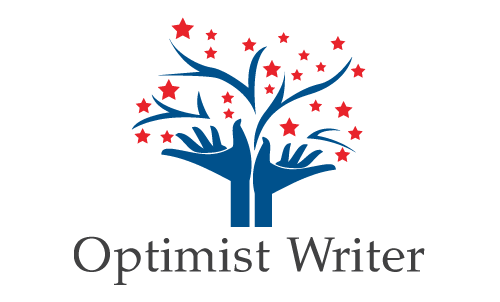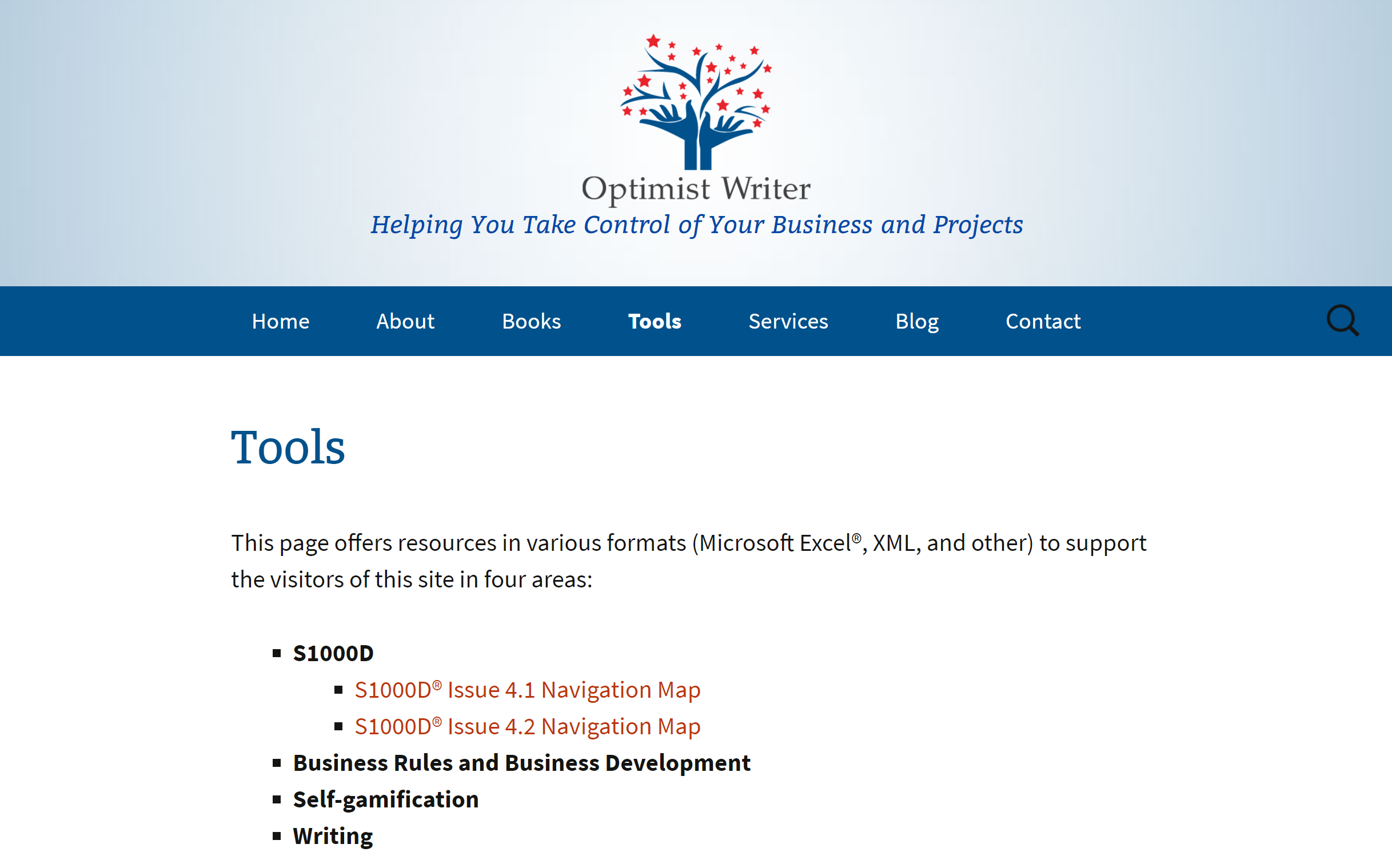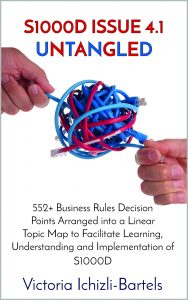
Here is the main lesson learned in July’17 Round of my 5 Minute Perseverance Game.
I realized that I needed to write one more article before I was going into details of various use cases of self-gamification in my work and personal life.
And this article is about the necessity to be interested in the game-design.
If you, for example, are a manager and gamify the processes at work, then you will design games to motivate your colleagues and co-workers to carry out a task. When you gamify your life, you need to develop the games for yourself.
The interest in game design can, in fact, come naturally, and without effort. We all tried to bend the rules in our favorite games when we were children, or also later. We had that question looming over our heads was, “What if we play it another way?”
Sometimes we found that our changes made the games we played, even more, fun, and sometimes less.
So, we are natural game-designers. We might just not be aware of that.
Right after deciding to write the book “5 Minute Perseverance Game”, I started reading various books on game design. These books were later joined by books on gamification and Kaizen.
In Brian Tinsman’s book “The Game Inventor’s Guidebook: How to Invent and Sell Board Games, Card Games, Role-playing Games & Everything in Between!”, I saw the following passage about Richard Garfield, the inventor of the game “Magic: The Gathering”:
“For years, Richard had been playing around with ideas for a game that was ‘bigger than what came in the box.’ Drawing inspiration from a classic science-fiction strategy game called Cosmic Encounter, he envisioned a game that set up rules, then let every card in the game break them in different ways. Further, no player would really know all the powers every card might have — players would constantly be surprised. Only a genius could bridge the gap between imagining such a game and actually designing it. ‘I had no idea if such a game could be designed.’ Richard recalls, ‘But I decided to give it a shot.’”
“Wow,” I thought, “Isn’t it what a successful manager, a great boss, a brilliant entrepreneur, or an amazing project manager is? A genius who can bridge the gap between having an idea for a product, service, or business or personal development and doing it and demonstrating how this can be done? And aren’t our daily lives at work (and at home) the games having certain rules but with so many surprises breaking almost each of the rules?”
After I realized that, I sat there for a few seconds with an open mouth. I was in a public place when I had this epiphany, so I hurried to close my mouth and take on a nonchalant look as soon as I observed what I was doing.
A bit later I understood that the more I considered my work as a strategic game the more creative, and the more serious about the task I became. Truly serious, that is without drama but with utter concentration and attention for the task at hand. I’ve discovered a new (seeming) paradox for myself. The more I considered my work as a game and took with that care that I had fun while attending to my duties, the more diligent and efficient I became.
Here is the list of reasons why I think everyone should learn how to design games:
- Saying it with words of a chapter title in Brian’s Tinsman’s book on the game design, where he addressed one of the reasons why someone would want to develop a game, “It’s Fun.”
- You’ll relax, and the task at hand will lose that dramatic scent we all are perfumed with when we take our lives and our work much too seriously.
- You will have a glimpse into an incredibly fun and — in an inspiring way — strange industry, a magic land of its own.
- You might find out how your favorite games were designed and by that learn a little about yourself and why you like them.
- You might also find a connection between your favorite board or computer games and the job you are doing.
- You’ll discover new ideas and be inspired to create your own ideas for the task at hand or your team.
- Your newly won playful manner will make the people around you smile.
- You’ll relax and be more and more pleasure to work and be with.
- There will be less drama when something unexpected happens. You’ll be simply immersed in making the best possible next step of the game. In other words, you will be efficiently searching for a solution and realize it without wasting time on complaining of how the life turned out.
- You will enjoy the time and project management because you will recognize what these previously annoying and routine tasks of time, project and self-management are, that they are the components of your own game-design. And suddenly, you’ll have fun attending to them.
- And much more.
Another interesting thing I realized in July was that there was so far not a single round in the past fourteen months I play this game that I lost to my procrastination. Even in summer holidays. And a mirrored realization: I have not won it to zero either. Somehow I feel good about this. That is what probably a balanced life is: a constant improvement and also always enough space for further development, even if that space is organized sub- or fully consciously by my brain.
That also means I can also relax and become less critical about my abilities to design my own game. Or to worry, what is right and what is wrong when I plan a round. I can simply discover what ideas I have for every new game round, even if they might seem to repeat themselves. Because in truth they never repeat themselves, since every round, every project, every moment is new and shines in a new light if I only choose so.
So here are the results for July’17 round, which mainly consisted of fun, health and slowing down projects:
- Do something for fun, which is neither reading nor writing. -> 29 points out of 31 possible
- Develop content for “Tools” page on my site. -> 15 points out of 31 possible
- Finish “Cheerleading for Writers” / Work further on memoir collection “Everywhere at Home.” -> 11 points out of 31 possible
- Draft blog posts for Writing (especially, 5 Minute Perseverance Game), S1000D, and Business Rules. -> 11 points out of 31 possible
- Reading about, brainstorming, or acting on book (and other) marketing, publishing, writing craft improvement. -> 12 points out of 31 possible
- Sleeping at least 6.5 hours per night. -> 21 points out of 31 possible
- Straight posture for at least 10 seconds a day. -> 31 points out of 31 possible
- Sports, workout, or dance (at least two exercises). -> 29 points out of 31 possible
- Read a book in Danish. -> 8 points out of 31 possible
- Read a paperback book. -> 22 points out of 31 possible
Results Total for July 2017: 189 points out of 310 possible = 61 %.
With this report for July, I am stopping a detailed report on my projects. I will continue to play on multiple projects and report on the total points and the lessons learned. I realized that it might be hard for you to understand the details of each project I take into the game without an additional load of information. In order not to tire you, I will just share the lessons learned and epiphanies gathered along the way.
I also avoided reporting on lessons learned from each project in July. Instead, I will make a summary of the experience gained for each of my use cases of the 5 Minute Perseverance Game.
I will also post this material now on a more rare basis: about once a month. Again, in order not to tire you, but also to be able to provide content in other areas, I am working on.
For August, I am taking 21 projects into the game, of which 10 are concrete projects (as writing a certain book), and 11 are repeatable activities such as volunteer work, to develop a habit or to relax (exercising, keeping straight posture, taking care of the household and other).
References in this article:
* A part of this post’s content has been published in a slightly different form in an earlier blog post titled “Business Epiphanies: Managers Should Play Games and Learn How to Design Them.”
What is your opinion? Do you agree or disagree with the idea above that everybody should get some skills or at least a notion of game design? And why?
On the picture above: I discovered the results of this hobby project last Sunday as I walked downtown Aalborg past a hobby store with my family and friends. This large picture of a fairy tale princess made out of iron beads struck me with a beauty and realization: it was also done step-by-step, bead-by-bead. Most of the hobby projects take time and are often realized by taking small steps. Our satisfaction with the progress and sometimes sharing and showing the results to others are our rewards. And most of the time, there is no drama, no problem when we plan and realize the project. There is no fuss. Just the knowledge that we are doing it for fun and that we love what we do. So what would happen if we would treat any job, any task at hand at least a little bit as if it was one of our hobby projects?
What is this blog series about? You can find this out in its first blog post called “5 Minute Perseverance Game – Moving my Favorite Game to my Writing Blog.”
Copyright © 2017 by Victoria Ichizli-Bartels





